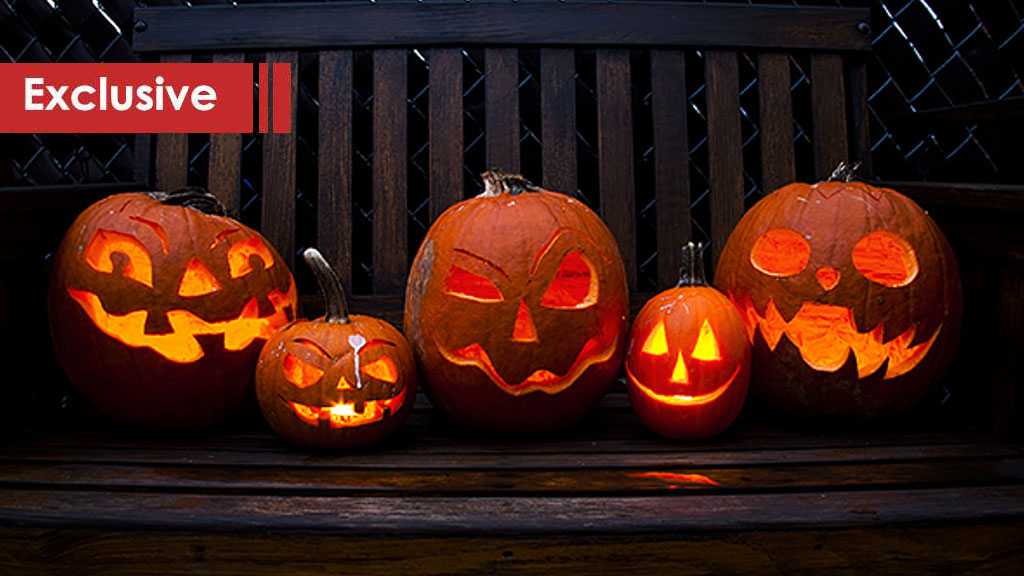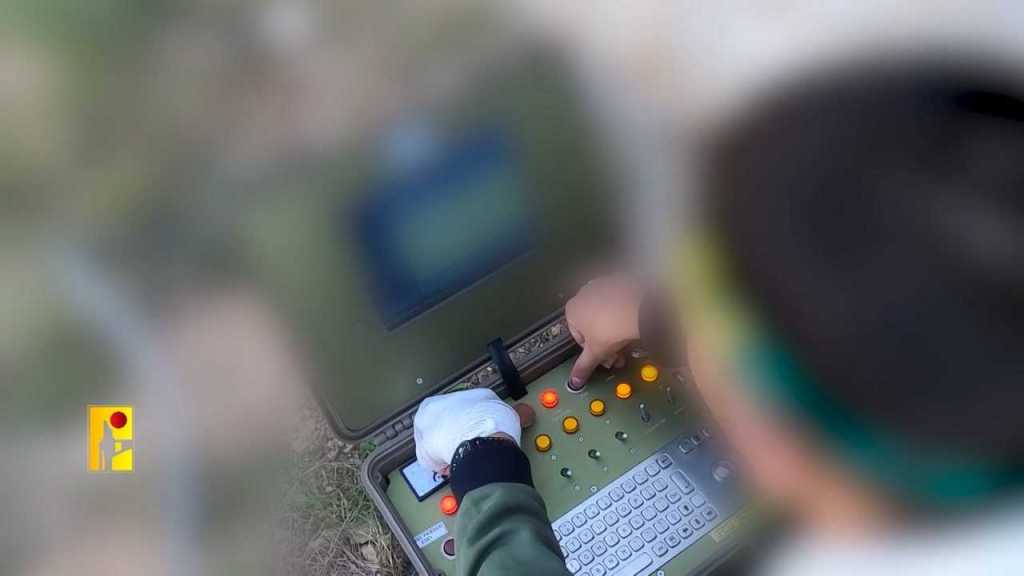The Pagan Origins and Commercial Survival of Halloween

By Mohamad Hammoud
From Ancient Fires to Storefront Lights: How a Celtic Rite of the Dead Became a $13-Billion Global Business
Every year, Americans and millions around the world celebrate Halloween—yet few realize that the holiday’s origins lie in pagan ritual, not religion. What began as an ancient Celtic ceremony to honor the dead has endured for more than two millennia, reshaped first by the Church and later by business. Today, it thrives not because of faith, but because it sells.
Halloween’s story begins with Samhain, a Celtic festival marking the end of the harvest and the start of the dark winter. According to The Irish Times, the Celts believed that on this night, the veil separating the living and the dead grew thin, allowing spirits to cross over. To protect themselves, people lit bonfires, wore animal skins, and left offerings for wandering souls. It was a night ruled by fear and reverence—a far cry from the candy-fueled celebration of today.
The Church’s Adoption: From Paganism to Piety
When Christianity spread through Europe, the Church faced a dilemma. Pagan traditions like Samhain were too entrenched to erase. To convert the population, Church leaders rebranded rather than banned. In the eighth century, Pope Gregory III moved All Saints’ Day to November 1, transforming the pagan festival into a Christian commemoration. The night before became All Hallows’ Eve—eventually, Halloween.
This was less spiritual inspiration than strategy. As historian Ronald Hutton explained to the BBC, the Church “absorbed rather than abolished” pagan customs, wrapping old rituals in Christian names. The fear of spirits never vanished—it simply changed costumes. The bonfires became candles in churchyards; offerings turned into prayers for the dead. The old beliefs survived, only baptized in a new meaning.
Crossing the Atlantic: A New World for Old Spirits
Centuries later, Irish and Scottish immigrants brought these customs to America, where Halloween morphed again. Smithsonian Magazine notes that by the 19th century, it had become a mix of harvest celebrations, folklore and mischievous games. By the early 20th century, parades, parties and ghost stories had entirely replaced the religious undertone. Few remembered that the holiday had once been pagan.
Then came mass production—and a new set of believers: business owners. American retailers saw that fear could be profitable, and Halloween became a marketer’s dream.
From Ritual to Retail: The Business of Fear
According to the National Retail Federation, Americans will spend an estimated $13.1 billion on Halloween in 2025—about the size of Iceland’s economy—split among costumes, decorations and candy.
Forbes notes that Halloween spending keeps rising, driven by nostalgia, social media, and aggressive marketing. Big-box stores stock shelves months ahead, while movie studios and candy companies build campaigns around it. What began as a festival of harvest and spirits now revolves around sales and spectacle. Halloween survived because it became a business and business never dies.
Trick-or-Treat: From Offerings to Candy Commerce
Even Halloween’s most beloved custom, trick-or-treating, began as a pagan and medieval ritual. During Samhain, the Celts left food outside their doors to appease spirits or masked wanderers. In medieval England, poor villagers practiced souling—going house to house, offering prayers for the dead in exchange for food or cakes.
When these customs reached America, they evolved into a lighthearted exchange. By the 1950s, candy companies had taken over, turning “trick or treat” into a slogan printed on wrappers and ads. As The Washington Post observed, the act once meant to feed the dead became “a transaction that feeds an industry.”
Hollowed Faith, Full Wallets
Modern Halloween bears little resemblance to either Christianity or Celtic faith. Its rituals endure not through belief, but through marketing. The Guardian described it as “a mirror of consumer identity,” a festival that thrives on what people buy rather than what they believe. The plastic skeletons, jack-o’-lanterns and fake cobwebs that fill American neighborhoods are remnants of pagan imagination—sold at a markup.
Business, not religion, keeps Halloween alive. Retailers export it to countries like Japan, Mexico and Lebanon, transforming a local ritual into a global brand. The Church once reshaped Samhain to convert pagans; today, corporations reshape Halloween to convert consumers.
What began as a pagan night of fear has become a celebration of consumption. The Celts lit fires to keep darkness away; we light up storefronts. They offered food to ghosts; we provide money to retailers. The spirits have learned to take Visa.



